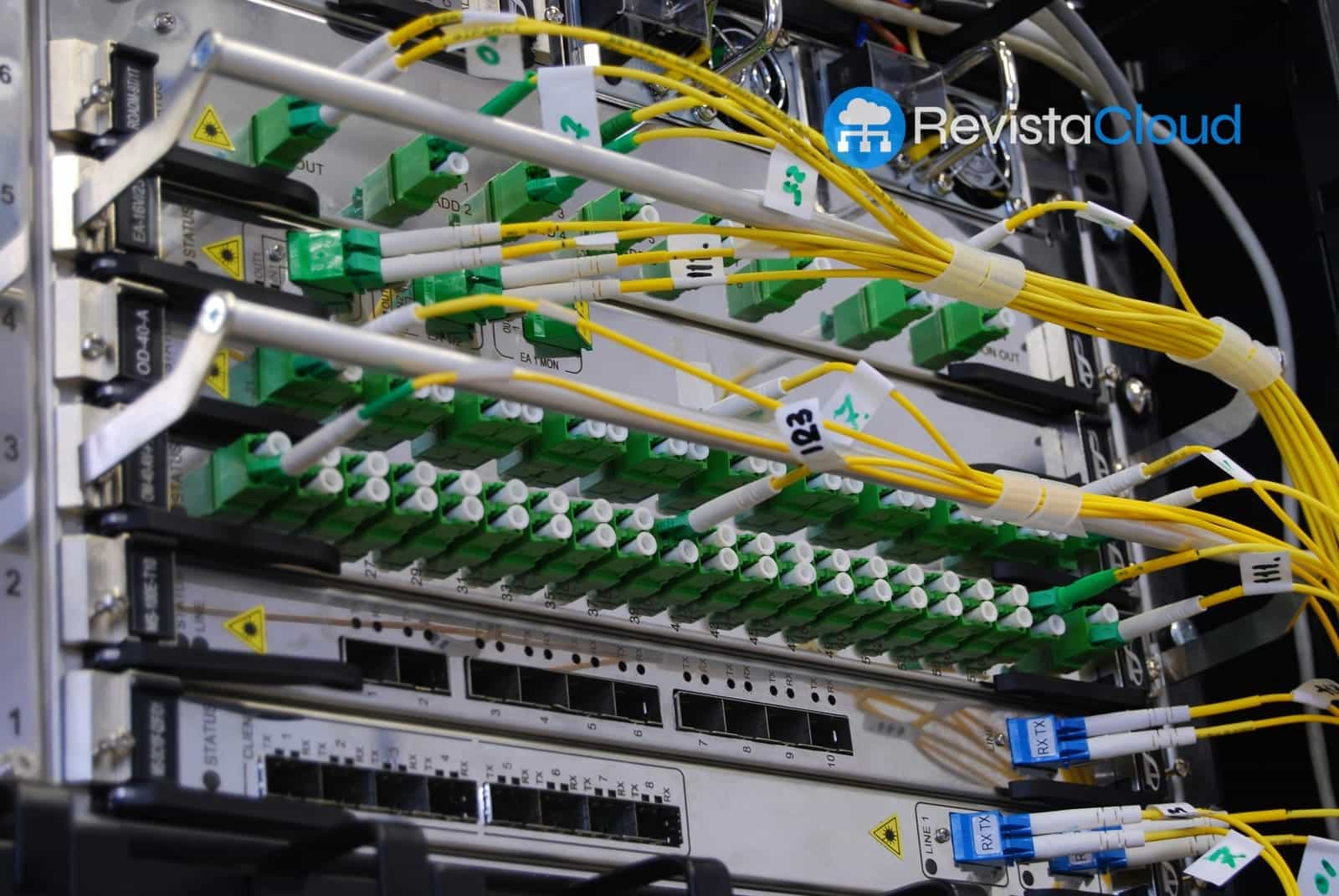The race for supremacy in high-performance computing (HPC) networks and AI workloads is at a critical juncture. While InfiniBand has historically been the preferred choice in scientific and supercomputing environments, recent innovations in Ethernet—especially driven by DriveNets Network Cloud—are bridging the performance gap and challenging the status quo.
For decades, Ethernet has been the universal standard for networking in enterprise and home environments. Born in the 1970s and standardized in 1983, it has evolved from 10 Mbps to current speeds of 800 Gbps, with plans to reach 1.6 Tbps. Meanwhile, InfiniBand has been the "specialist" in networking: a technology designed from the ground up to deliver ultra-low latency, lossless transmission, and complete traffic control, essential elements for the most demanding data centers.
What is Changing?
The development of new architectures and technologies, such as DriveNets Network Cloud, is redefining what Ethernet can offer. With capabilities like RoCEv2 (RDMA over Converged Ethernet) and latency improvements that bring it closer to InfiniBand, Ethernet is no longer simply a "cheaper" option but a viable alternative even for cutting-edge AI tasks.
According to independent testing, in benchmarks like MLPerf Training with BERT-Large, Ethernet slightly outperformed Infini Band. In inference tasks using models like LLAMA2-70B, the differences were less than 2%. In some multi-tenant scenarios, DriveNets Network Cloud-AI achieved latencies of just 7 microseconds, compared to 5 microseconds for InfiniBand, closing a gap that once seemed unbridgeable.
Historical Advantages of Each Technology
InfiniBand:
- Ultra-low latency and determinism
- Direct memory access (RDMA) without CPU intervention
- Architecture optimized for HPC and AI tasks
- Lower protocol overhead
Modern Ethernet:
- Mature, cost-effective, and widely compatible ecosystem
- High flexibility in multi-tenant environments (VLAN, VXLAN, etc.)
- Standardized interoperability (IEEE)
- Better management and visibility tools
- Strong market commitment for AI: Ultra Ethernet Consortium, RoCEv2, etc.
And in Shared Environments?
One of the most significant differentiators is support for multi-tenant environments. While InfiniBand is starting to explore these capabilities (with Quantum-2), Ethernet has been dominating this space for decades. With DriveNets, Ethernet achieves 95% multi-tenant efficiency, compared to 70% for InfiniBand, making it the better choice for cloud environments and companies hosting multiple workloads or clients.
DriveNets: The Paradigm Shift in Ethernet Networks
DriveNets Network Cloud has introduced an architecture that separates hardware and software, disaggregates functions into containers, and orchestrates the entire network as a single distributed system. The result: a network scalable up to 691 Tbps and capable of managing up to 32,000 GPUs in a single cluster. Its AI-specific version further optimizes performance, with perfect load balancing and direct connectivity of 800 Gbps per GPU.
What is the Best Option Today?
Choosing between Ethernet and InfiniBand is no longer solely a matter of performance. With current advancements, the decision should be based on:
- Latency and bandwidth requirements
- Future scalability
- Multi-tenant needs
- Ecosystem and compatibility
- Costs (CAPEX and OPEX)
- Vendor strategy (open vs. closed)
In many cases, Ethernet with DriveNets offers the best balance of cost, performance, and flexibility, especially for modern AI-oriented data centers and cloud environments. InfiniBand remains a solid option for very high-demand specialized workloads, but its advantage is no longer as decisive.
Conclusion:
The era where Ethernet was only for "general use" and InfiniBand for "maximum performance" is ending. Emerging technologies are taking Ethernet to the next level, to the point that the convergence between both worlds seems inevitable. In this new stage, the choice is not just technical but also strategic.
Source: whitefiber

